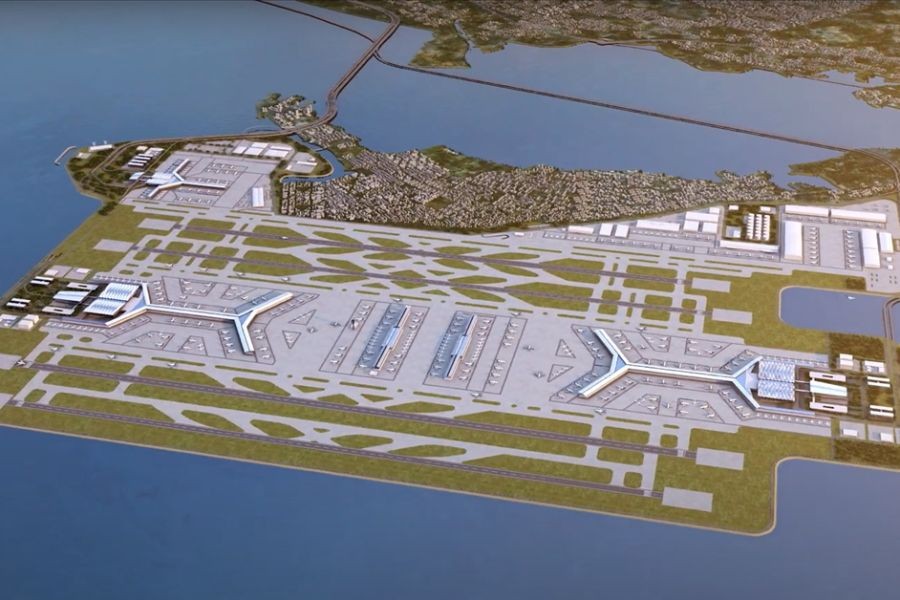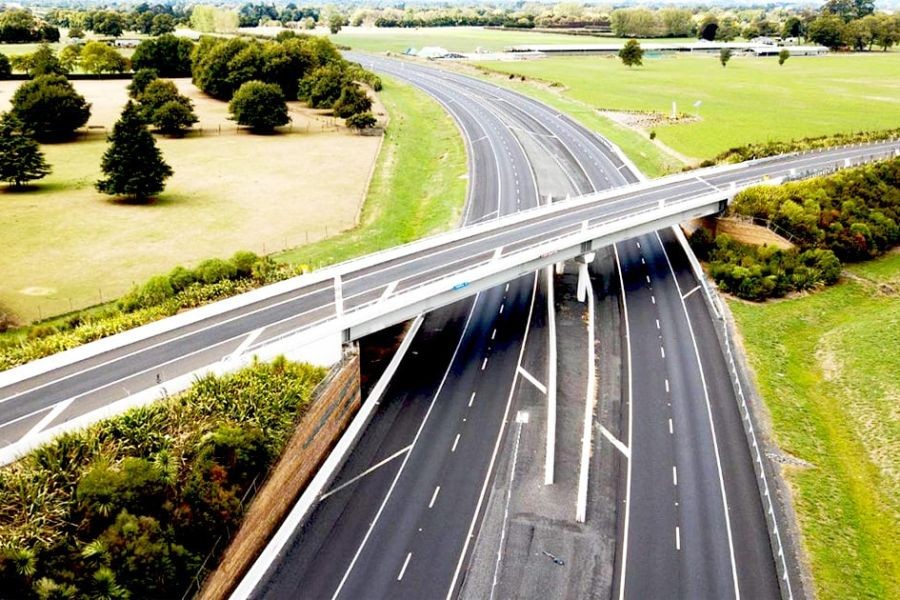New Zealand's airport expansion plans have been a topic of considerable debate, influenced by increasing passenger demand and the potential for economic growth. However, the need to rethink these plans becomes evident when considering environmental sustainability, economic viability, and community impact. As New Zealand navigates its future, the potential repercussions of unchecked airport expansion demand a closer examination.
The Current State of New Zealand's Airports
New Zealand is home to several major airports, including Auckland, Wellington, and Christchurch, that serve as crucial gateways for international and domestic travelers. According to Stats NZ, the country's aviation sector contributes approximately 6.9% to the GDP and supports over 20,000 jobs. However, the pressure on these facilities is mounting, with passenger numbers projected to double by 2040. This growth prompts questions about capacity and infrastructure needs.
Environmental Concerns
One of the most pressing issues surrounding airport expansion is the environmental impact. New Zealand, renowned for its pristine landscapes and commitment to sustainability, faces a paradox. Expanding airports typically involves land reclamation, increased carbon emissions, and greater noise pollution. The Ministry for the Environment has indicated that aviation emissions are one of the fastest-growing sources of greenhouse gases in the country, contributing 2.7% of total emissions.
A Comparative Look: The Netherlands' Approach
To understand how New Zealand might address these challenges, examining international examples such as the Netherlands is instructive. Schiphol Airport, one of Europe's busiest, faced similar expansion pressures. Instead of physical expansion, Dutch authorities invested in digital infrastructure and green technology to optimize existing capacity. This approach emphasizes efficiency over expansion and aligns with sustainability goals.
Economic Viability and Tourism
The economic argument for airport expansion often hinges on tourism growth. New Zealand's tourism industry, contributing 20.4% to the national GDP (Stats NZ), relies on robust aviation links. However, over-reliance on tourism can be risky, especially in light of global disruptions like the COVID-19 pandemic. Diversifying the economic base and investing in alternative transport options could mitigate these risks.
Local Communities: The Unsung Stakeholders
Communities living near airports often bear the brunt of expansion plans. Noise pollution, increased traffic congestion, and environmental degradation can adversely affect quality of life. In New Zealand, community consultation is a legal requirement, yet residents often feel their voices go unheard. Engaging communities early and transparently can lead to more sustainable outcomes.
Case Study: Auckland Airport's Expansion Plan
Problem: Auckland Airport has been grappling with capacity constraints, with passenger numbers surpassing pre-pandemic levels.
Action: The airport proposed a multi-billion-dollar expansion, including a second runway and terminal enhancements.
Result: While the plan promises economic benefits, it has met resistance from environmental groups and local communities.
Takeaway: Balancing economic growth with environmental and social impacts requires innovative solutions beyond traditional expansion.
Pros and Cons of Airport Expansion
Considering the broader implications of airport expansion, a balanced view is crucial.
Pros:
- Economic Growth: Increased capacity can lead to more flights, boosting tourism and trade.
- Job Creation: Construction and operational expansions create employment opportunities.
- Infrastructure Development: Upgraded facilities can enhance passenger experiences.
Cons:
- Environmental Impact: Increased emissions and habitat disruption challenge sustainability goals.
- Community Disruption: Noise and traffic can negatively affect local residents.
- Economic Risks: Heavy investment in a single sector can lead to vulnerabilities.
Myths and Misconceptions
Several myths surround the discourse on airport expansion, shaping public perception and policy decisions.
Myth 1: Airport Expansion Always Boosts the Economy
Reality: While expansion can drive growth, it can also lead to over-reliance on tourism and increased debt burdens.
Myth 2: More Flights Mean More Tourists
Reality: Additional flights do not guarantee increased tourist numbers, which depend on broader economic conditions and attractions.
Myth 3: Technological Advancements Can Replace Expansion
Reality: While technology can optimize operations, it cannot wholly substitute the need for physical infrastructure improvements.
A Controversial Take: Is Bigger Always Better?
The assumption that larger airports equate to better performance is increasingly questioned. Smaller, more efficient airports can offer superior service and sustainability. The rise of regional airports and alternative transport modes, such as high-speed rail, provides viable alternatives to traditional expansion models.
Future Trends and Predictions
Looking ahead, New Zealand's approach to airport expansion must evolve. Emerging trends in green aviation, digital transformation, and multi-modal transport systems offer promising pathways. By 2030, the aviation sector is expected to see significant shifts towards sustainability, with potential policy changes that could redefine airport operations.
Conclusion: Rethinking Airport Expansion
As New Zealand contemplates its airport expansion plans, a holistic approach that considers environmental, economic, and social factors is essential. Engaging stakeholders, leveraging technology, and prioritizing sustainability can guide the nation toward a balanced and prosperous future.
Final Takeaways
- New Zealand's airports are under pressure to expand, driven by increasing passenger numbers.
- Environmental and community impacts necessitate a re-evaluation of traditional expansion models.
- Innovative solutions, such as digital optimization and green technology, offer sustainable alternatives.
- Balanced decision-making requires input from all stakeholders, including local communities.
- Future trends suggest a shift towards sustainable and efficient airport operations.
Related Search Queries
- New Zealand airport expansion plans
- Environmental impact of airport expansions
- Auckland Airport future developments
- Sustainable aviation initiatives in New Zealand
- Community impact of airport expansions
People Also Ask
How does airport expansion impact New Zealand's economy? While airport expansion can drive economic growth by boosting tourism and trade, it also poses risks such as increased debt and environmental costs, necessitating a balanced approach.
What are the environmental concerns related to airport expansion? Airport expansion can lead to increased carbon emissions, habitat disruption, and noise pollution, challenging New Zealand's sustainability goals.
What alternatives exist to traditional airport expansion? Innovative alternatives include digital optimization, green technology, and investing in regional airports and multi-modal transport systems, offering sustainable solutions to capacity challenges.






























